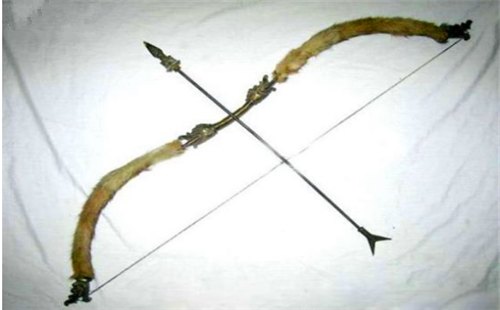The history of plastic composite materials
When two or more different materials are combined, the result is a composite material. The first use of composite materials dates back to 1500 BC, when early Egyptians and Mesopotamian settlers mixed mud and straw to create strong and durable buildings. Straw continues to provide reinforcement for ancient composite products including pottery and ships.

Later, in 1200 AD, the Mongols invented the first compound bow.
Using a combination of wood, bones and "animal glue", the bow is wrapped in birch bark. These bows are powerful and accurate. The compound Mongolian bow helped ensure Genghis Khan's military dominance.
Birth of the "Plastic Era"
When scientists developed plastics, the modern era of composite materials began. Prior to this, natural resins derived from plants and animals were the only source of glues and adhesives. At the beginning of the 20th century, plastics such as vinyl, polystyrene, phenolic and polyester were developed. These new synthetic materials are superior to single resins derived from nature.
However, plastic alone cannot provide sufficient strength for some structural applications. Reinforcement is required to provide additional strength and rigidity.
In 1935, Owens Corning (Owens Corning) introduced the first glass fiber, glass fiber. The combination of glass fiber and plastic polymer produces a very strong structure that is also lightweight.
This is the beginning of the fiber reinforced polymer (FRP) industry.
World War II-Promoting innovation in composite materials
Many of the greatest advances in composite materials are the result of wartime demands. Just as the Mongolians developed compound bows, World War II brought the FRP industry from the laboratory to actual production.
Lightweight applications of military aircraft require alternative materials. Engineers quickly realized the other advantages of composite materials, in addition to lightweight and strong. For example, it was found that glass fiber composite material was transparent to radio frequencies, and the material was soon suitable for sheltering electronic radar equipment (Radomes).
Adapting to composite materials: "space age" to "everyday"
At the end of the Second World War, the small niche composites industry was in full swing. With the decline in demand for military products, a small number of composite material innovators are now working to introduce composite materials into other markets. The ship is an obvious product that benefits. The first composite commercial hull was launched in 1946.
At this time, Brandt Goldsworthy is often referred to as the "grandfather of composites" and developed many new manufacturing processes and products, including the first fiberglass surfboard, which revolutionized the sport.
Goldsworthy also invented a manufacturing process called pultrusion, which allows reliable and strong glass fiber reinforced products. Today, products manufactured from this process include ladder tracks, tool handles, pipes, arrow shafts, armor, train floors, and medical equipment.
Continuous progress in composite materials

The composite material industry began to mature in the 1970s. Develop better plastic resins and improved reinforcing fibers. Developed a kind of aramid fiber called Kevlar, which has become the first choice for body armor due to its high tensile strength, high density and light weight. Carbon fiber was also developed at this time; it is increasingly replacing parts previously made of steel.
The composites industry is still evolving, and most of the growth is mainly based on renewable energy. Wind turbine blades, in particular, continue to push size constraints and require advanced composite materials.
Post time: Apr-21-2021






